‘We use the past to look forward to the future’: Oslo’s International Library of Fashion Research is entering its next era
Founder Elise By Olsen talks about the first five years of ILFR, nostalgia fever, and why public programming is the next step in preserving fashion history
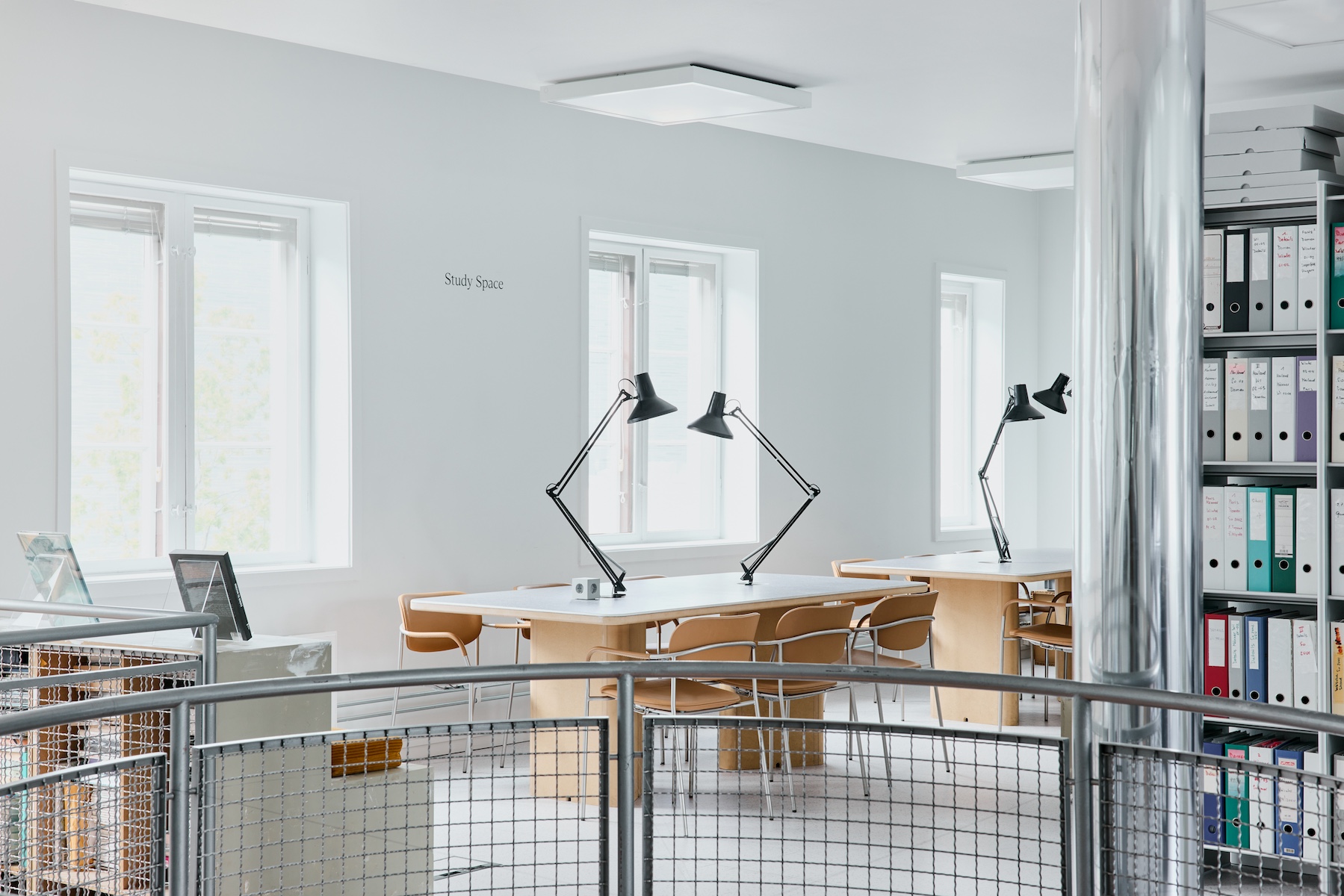
Once a month for the past two months, a curious crowd has descended upon Oslo’s arthouse theatre, Cinemateket, to witness a special union of film and fashion. They’re gathered there for a programming series called Fabricated Frames, organised by the International Library of Fashion Research (ILFR) – a burgeoning resource for historians and researchers since its launch in 2020.
The inspiration for the series came during a particularly ferocious blizzard that battered Norway in January 2025. The library had organised a screening of the 2012 ARTE documentary Antifashion, and as the wind and snow whipped around the capital, people emerged from the whiteout to see the film. ‘It was a dramatic moment,’ recalled the ILFR’s founding director, Elise By Olsen, during a recent visit to the library. ‘We wanted to develop that idea further. We understood that screenings were quite popular for our audience.’
At the first event of the new series, over 140 people packed into the theatre for the 2019 documentary Martin Margiela: In His Own Words, accompanied by a post-screening discussion with the film’s director, Reiner Holzemer, and producer, Aminata Sambe. ‘Not everyone could get in, so we had to do a second screening,’ Olsen told Wallpaper*. ‘It was a big luxury problem.’ A month later, the poet Arve Kleiva introduced Notebook on Cities and Clothes, Wim Wenders’ experimental 1989 doc on Japanese fashion designer Yohji Yamamoto.
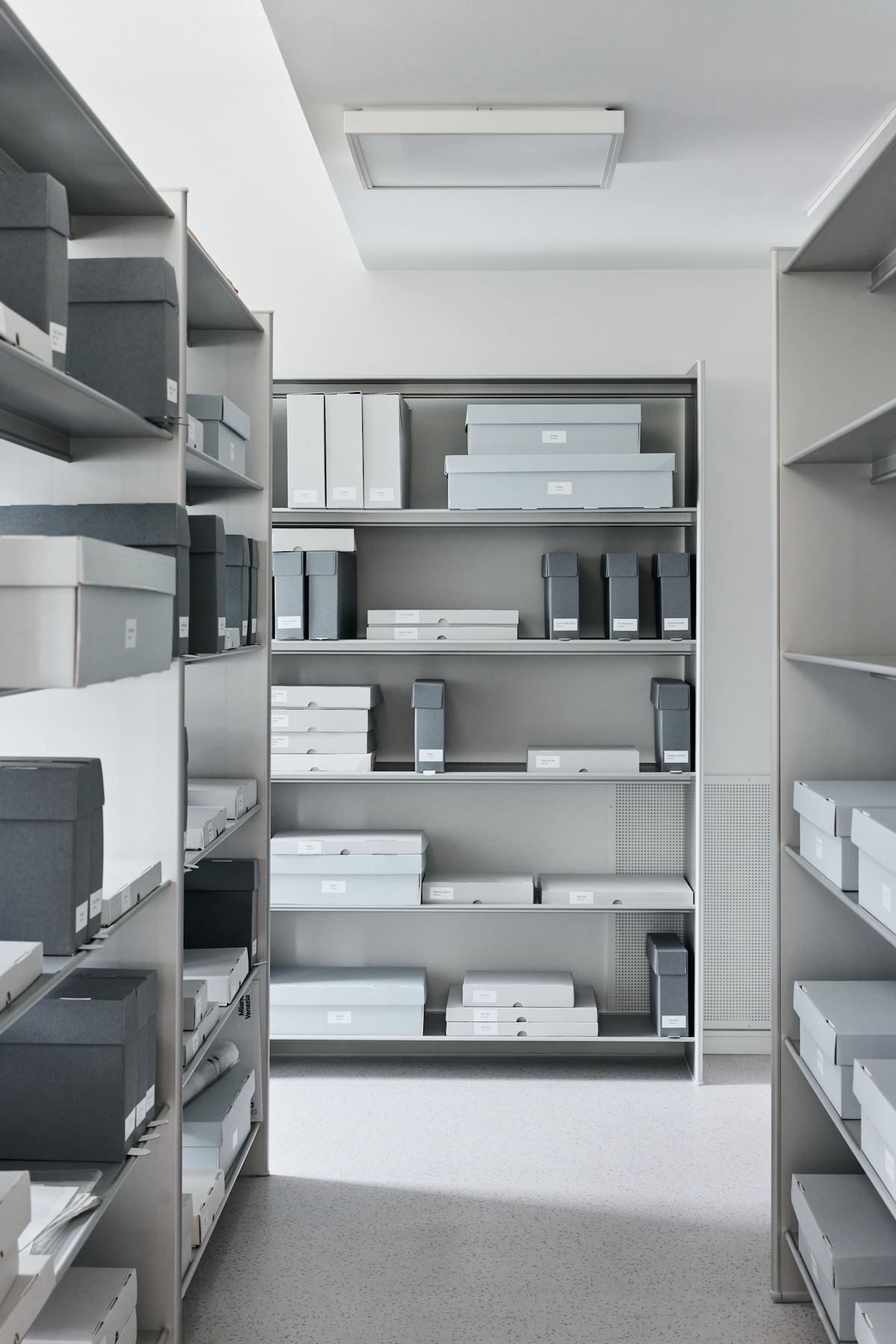
The film series is more than just a monthly meeting point for Oslo’s cinephiles and fashion obsessives; it’s also a major step toward expanding the influence of the project Olsen has spearheaded for the last five years. ‘An institution today doesn't need to be so physically bound to our headquarters,’ she said. ‘I like to say that a very small part of what we do is collecting and archiving, and a very big part of what we do is mediating and making the objects come to life.’ It’s a modest proclamation, given the countless hours that she and the team of librarians and guest researchers have poured into establishing and cataloguing the vast archive of materials, which dates back to the 1970s.
‘A very small part of what we do is collecting and archiving, and a very big part of what we do is mediating and making the objects come to life’
Elise By Olsen
The ILFR began not in the Norwegian capital, but in the one-bedroom New York City apartment of Olsen’s mentor, the late cultural theorist Steven Mark Klein. Olsen and Klein were born nearly five decades and a continent apart, but the pair bonded over a love of fashion and print. Olsen became the youngest-ever editor-in-chief of a print publication when she launched her Recens at 13, and went on to produce ten issues of the fashion criticism publication Wallet – culminating in a Gucci-designed box set to send off the magazine in high style. Klein, meanwhile, was a Brooklyn-born hospitality brand consultant and fashion industry gadfly who had been collecting decades' worth of magazines, fashion show invites and other printed material for decades. ‘Steven saw the parallel between promotional fashion ephemera and the tradition of the artist book very early. That's become a blueprint for my work with the library,’ Olsen explains.

After being offered the collection in 2019, it took three years for Klein’s two tons of printed matter to find its home in the historic Station Master’s Building in front of Oslo’s sprawling new National Museum. Since opening its physical space – after first launching as an online database in 2020 – the ILFR has become an integral resource. ‘We’ve had the design team of Balenciaga, Burberry, [and] Norwegian fashion brands coming to do research and inspirational trips. We’ve had industry people and the regular person next door,’ Olsen said. The archive has ballooned to encompass several thousand items, thanks to donations by a mix of private sponors and fashion brands like Acne Studios, Comme des Garçons, Maison Margiela, Jil Sander, and Gucci.
As I sat with Olsen drinking coffee, boxes of Margiela ephemera stacked next to me, three guest researchers sat around a table methodically cataloguing over 200,000 film slides donated by former Swiss trend forecaster Sonja Hugentobler, documenting Paris, Milan, and London Fashion Weeks from 1992 to 2004. ‘There are a lot of very beautiful discoveries. I even found a photo of Martin Margiela’s face in there when I went through it,’ Olsen remarked. It wasn’t an easy ‘yes’ for the ILFR; its collecting mandate usually excludes photo archives (along with VHS and DVD recordings of fashion shows) because the skeleton staff simply doesn’t have the capacity to catalogue it all.
Receive our daily digest of inspiration, escapism and design stories from around the world direct to your inbox.
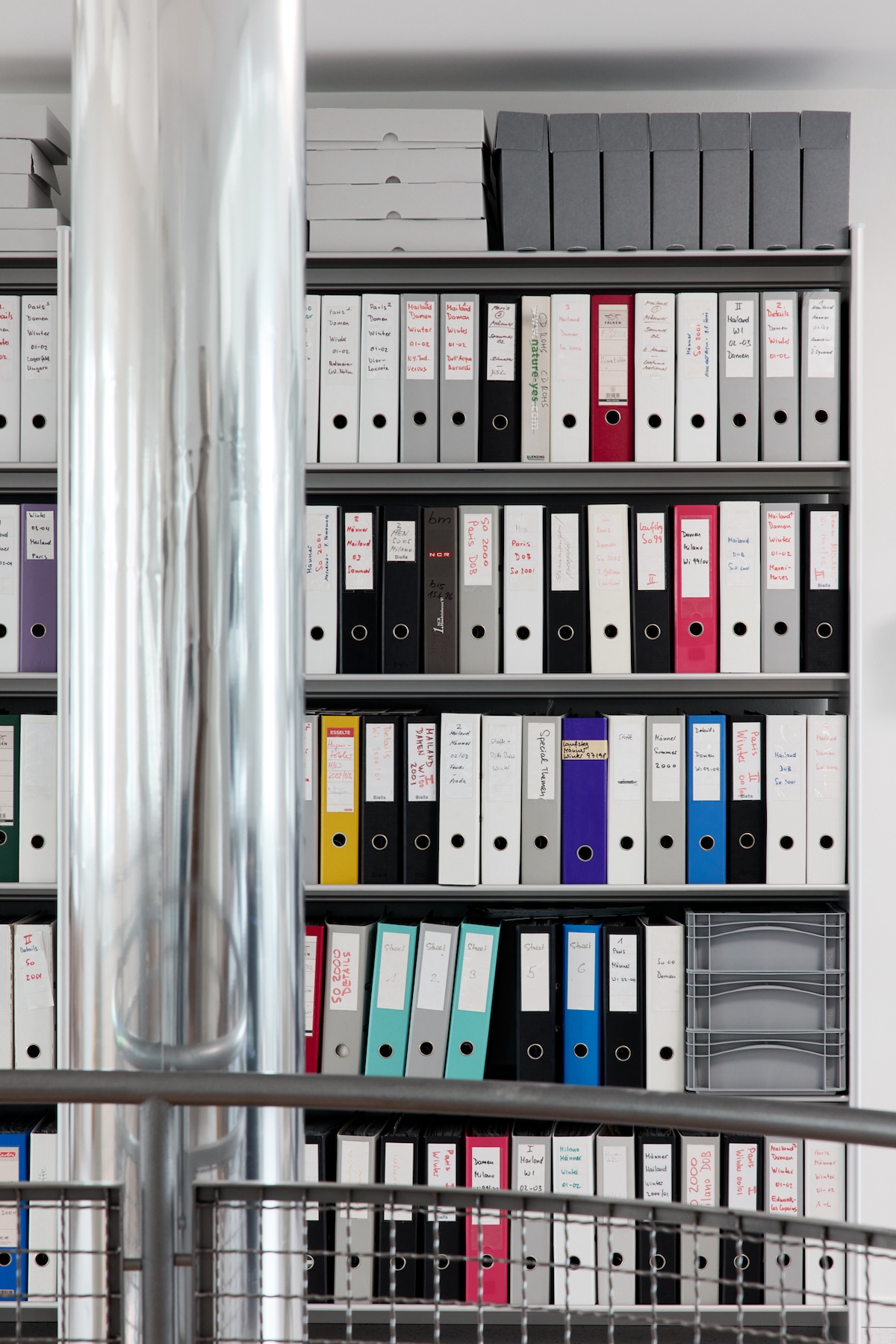
‘The two other people on the core team and I have been working pro bono for five years. It’s not sustainable,’ Olsen said, referring to the head of communications, Else Skålvoll Thorenfeldt, and design director Morteza Vaseghi. ‘I’ll be honest. I’m often overwhelmed and pessimistic, but this space makes me very happy. I get a lot of energy from being around this material,’ she continued, adding with a laugh: ‘I’m hoping one day a brand will sponsor a sabbatical year for me so I can actually sit and read, because I have not had the time since opening the library to just flip through things.’
‘It’s a cliché thing to say, but we definitely use the past in order to look forward and to create something that we feel is better for the future’
Elise by Olsen
Running the library has (to put it into fashion terms) meant wearing ‘many, many different hats’ for Olsen. ‘There are some big challenges and some small, daily challenges. The big one is that we’re going to need more space within the next five years,’ she says, hinting at ‘some absolutely amazing donations coming this fall’ that will require more shelves. The team has also been busy applying for grants beyond the project-based public cultural funding they receive, which would secure longer-term operational funding. While these logistical issues loom, the more immediate goal is to complete the film series and develop additional programming that exists both within and outside their physical space.
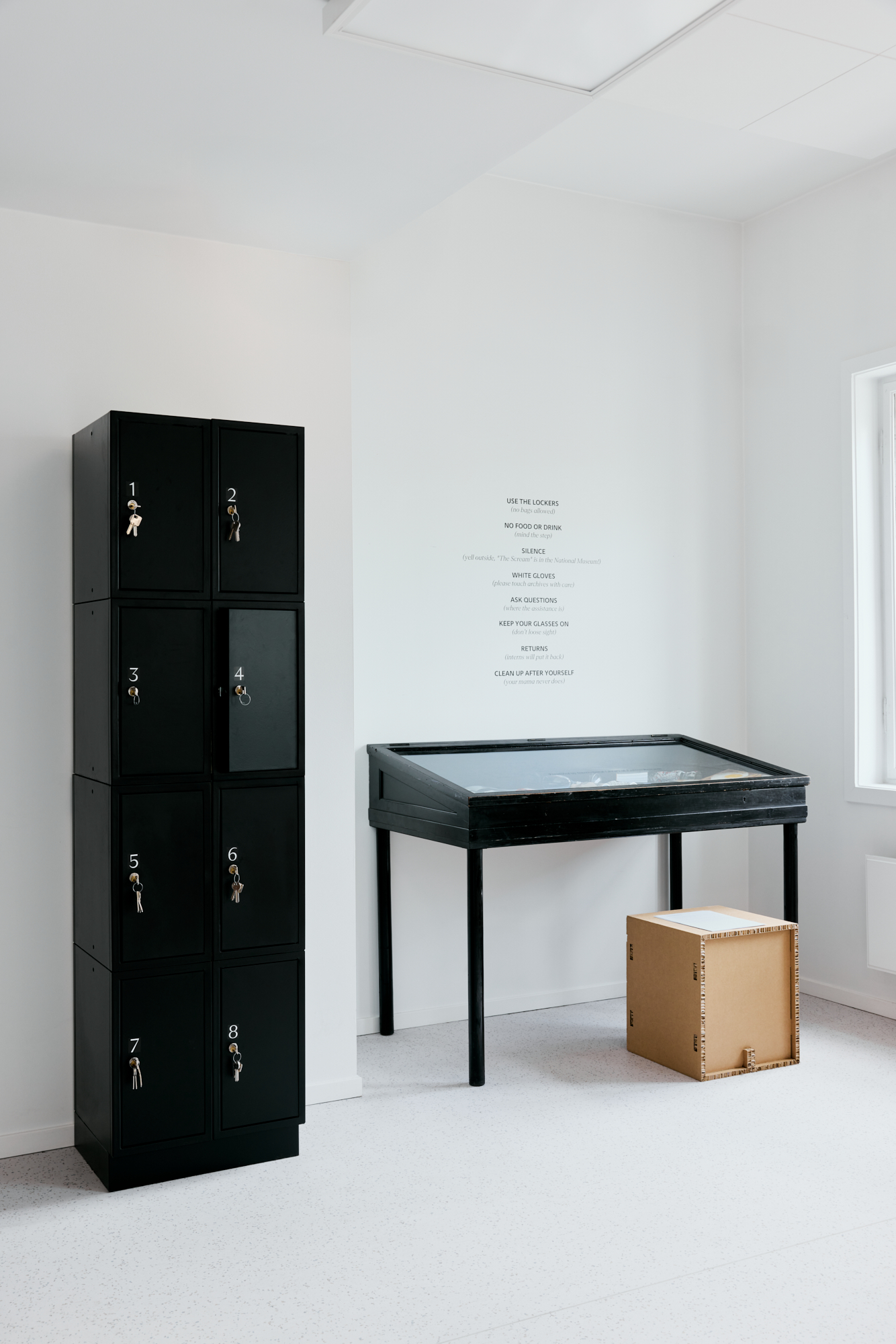
The library has recently hosted, in collaboration with the National Museum of Norway, a conversation on fashion criticism with Francesca Granata, the Parsons School of Design’s associate professor of Fashion Studies, and the ‘Most Beautiful Swiss Books’ exhibition, showcasing 20 of the most visually outstanding Swiss books published in 2024. Next on the docket is a screening of Frederick Wiseman’s 1982 doc, The Store, paired with a panel discussion between Fredi Fischli & Niels Olsen, the curator duo behind the 2021 book Retail Apocalypse, followed by Veruschka - Poetry of a Woman, fashion photographer Franco Rubartelli’s rarely screened 1971 film on the mononymous European supermodel.
Although the slate of films has skewed toward deep dives, and the series is limited to those who happen to be in the Norwegian capital, this focused approach to excavating fashion history suits Olsen’s slow approach to building an audience. It also, in a way, rebuffs the larger industry trend of ‘nostalgia fever’ that has seen designers at major brands mine the house archives and reissue bygone pieces, from the Chloé Paddington bag to the Alexander McQueen skull scarf.
Fashion is looking backwards, but while many of these revivals feel like cash grabs catered to Gen Z’s ‘vintage Y2K’ obsession, the ILFR’s focus is on more than just showing new audiences some old-fashioned films. ‘The library is a jumping-off point and springboard,’ Olsen noted. ‘It’s a very cliché thing to say, but I think we definitely use the past in order to look forward and to create something that we feel is better for the future.’

The goal is that for every new person introduced to the library through public programming, a new perspective will sprout and, with it, ‘we can have some new answers to big questions that we’ve been grappling with for a very long time’. Olsen recognises that a library of fashion ephemera in Norway might seem niche, but fashion transcends the industry it's part of. ‘Everyone puts on clothes every day. [Clothing] is such a big part of our identity and our collective history, and it’s a great tool for societal criticism. There's a whole spectrum to be explored,’ Olsen muses. ‘We have a lot of plans moving forward that will explore the intersection between fashion and sound, and we have book launches, poetry readings, and stuff that doesn’t have an obvious fashion connection. But then again, what is fashion? It’s everything.’
International Library of Fashion Research, Brynjulf Bulls plass 2, 0250 Oslo, Norway. For opening times, visit the IFRL’s website below.
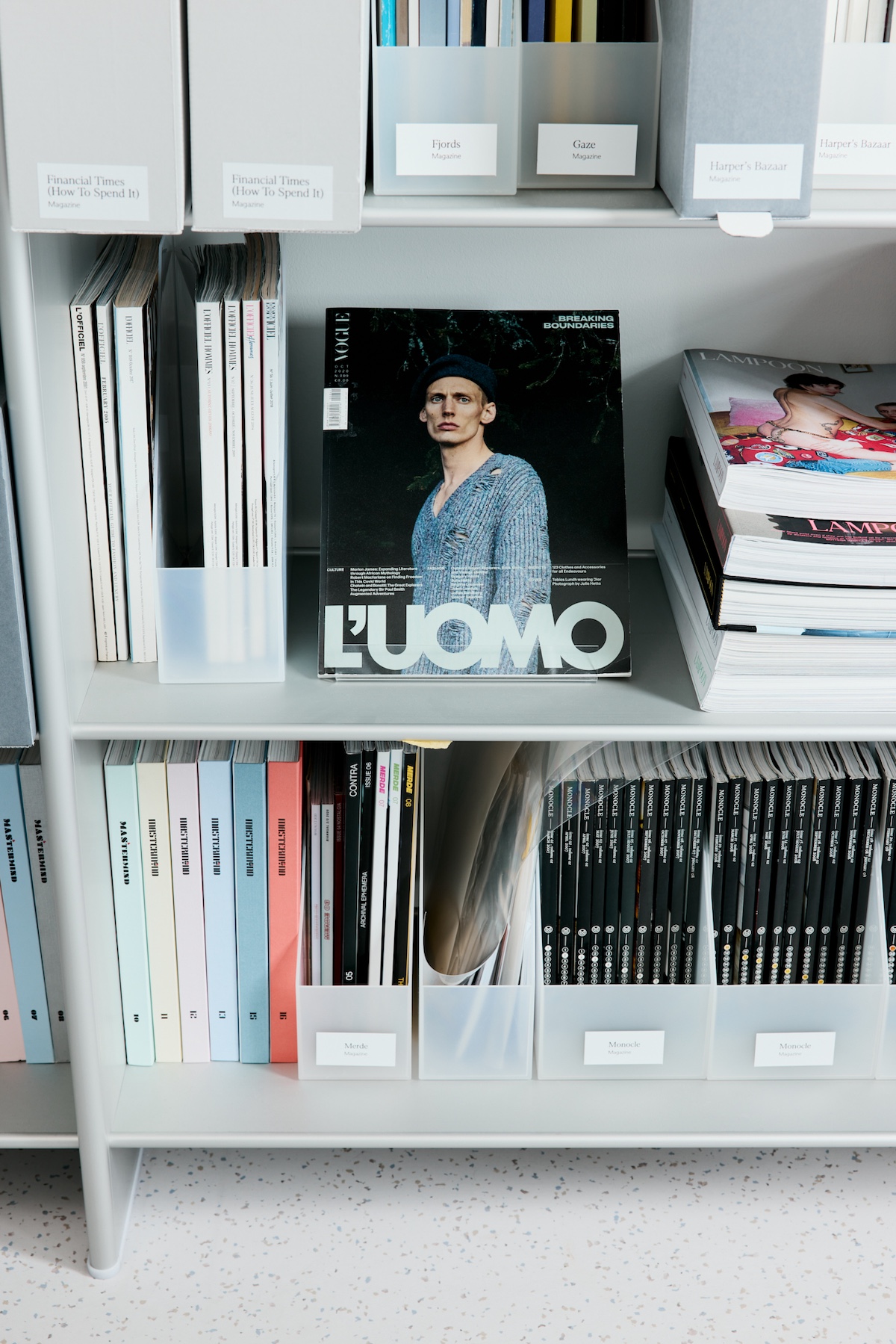
Chris Erik Thomas is a Berlin-based writer and editor who has written about art, fashion and culture for an array of international titles, including The Face, Artsy and Highsnobiety.
-
 The Wallpaper* style team recall their personal style moments of 2025
The Wallpaper* style team recall their personal style moments of 2025In a landmark year for fashion, the Wallpaper* style editors found joy in the new – from Matthieu Blazy’s Chanel debut to a clean slate at Jil Sander
-
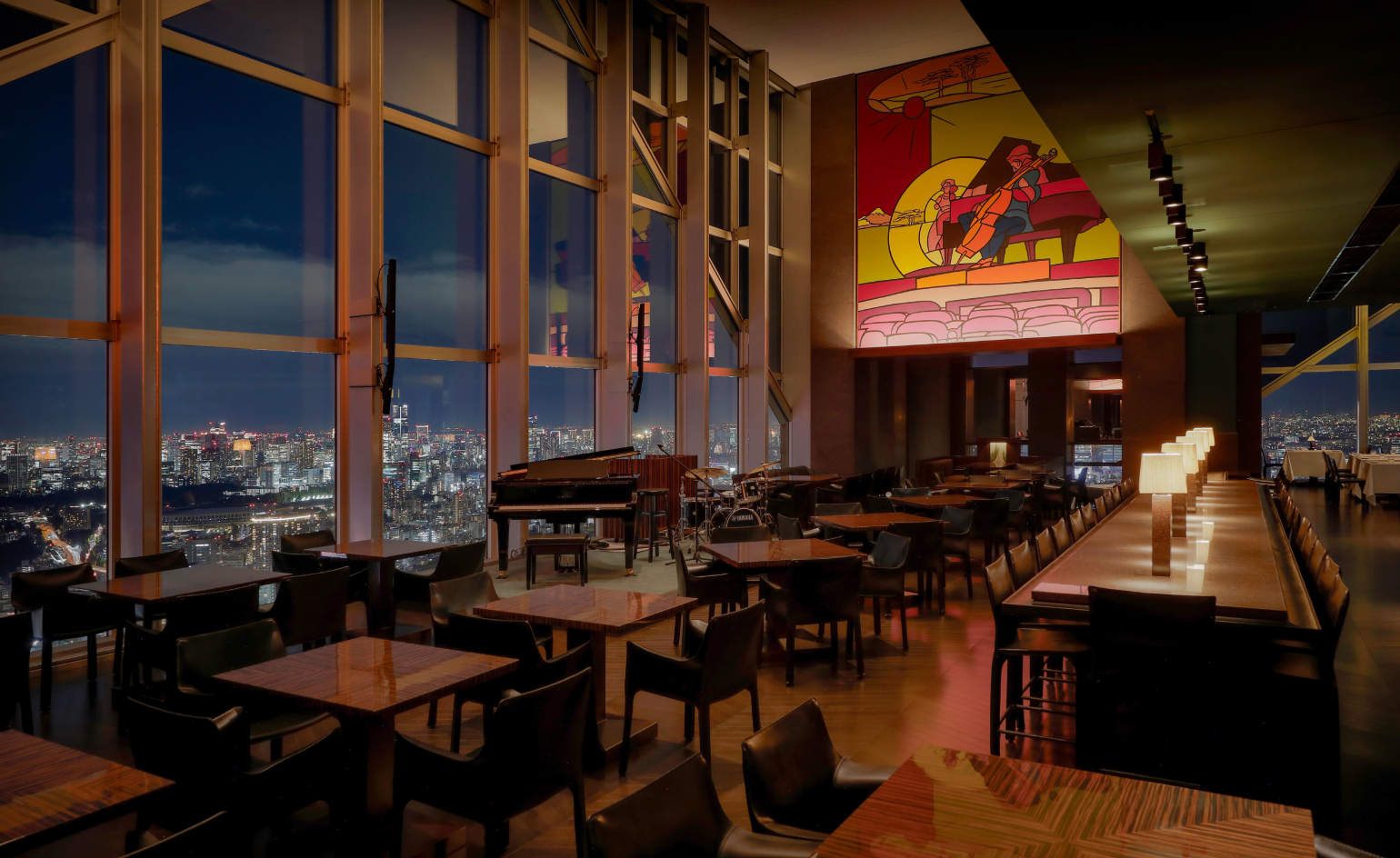 Tokyo’s most cinematic stay reopens as an exercise in architectural self-control
Tokyo’s most cinematic stay reopens as an exercise in architectural self-controlPark Hyatt Tokyo and Studio Jouin Manku demonstrate how design can evolve without erasing memory, balancing modernist heritage with contemporary comfort
-
 Korean designer Yoonjeong Lee tells ordinary stories in extraordinary ways
Korean designer Yoonjeong Lee tells ordinary stories in extraordinary waysWallpaper* Future Icons: Yoonjeong Lee's work is based on a fascination for utilitarian objects, from pencils to nails, recreated with innovative casting methods